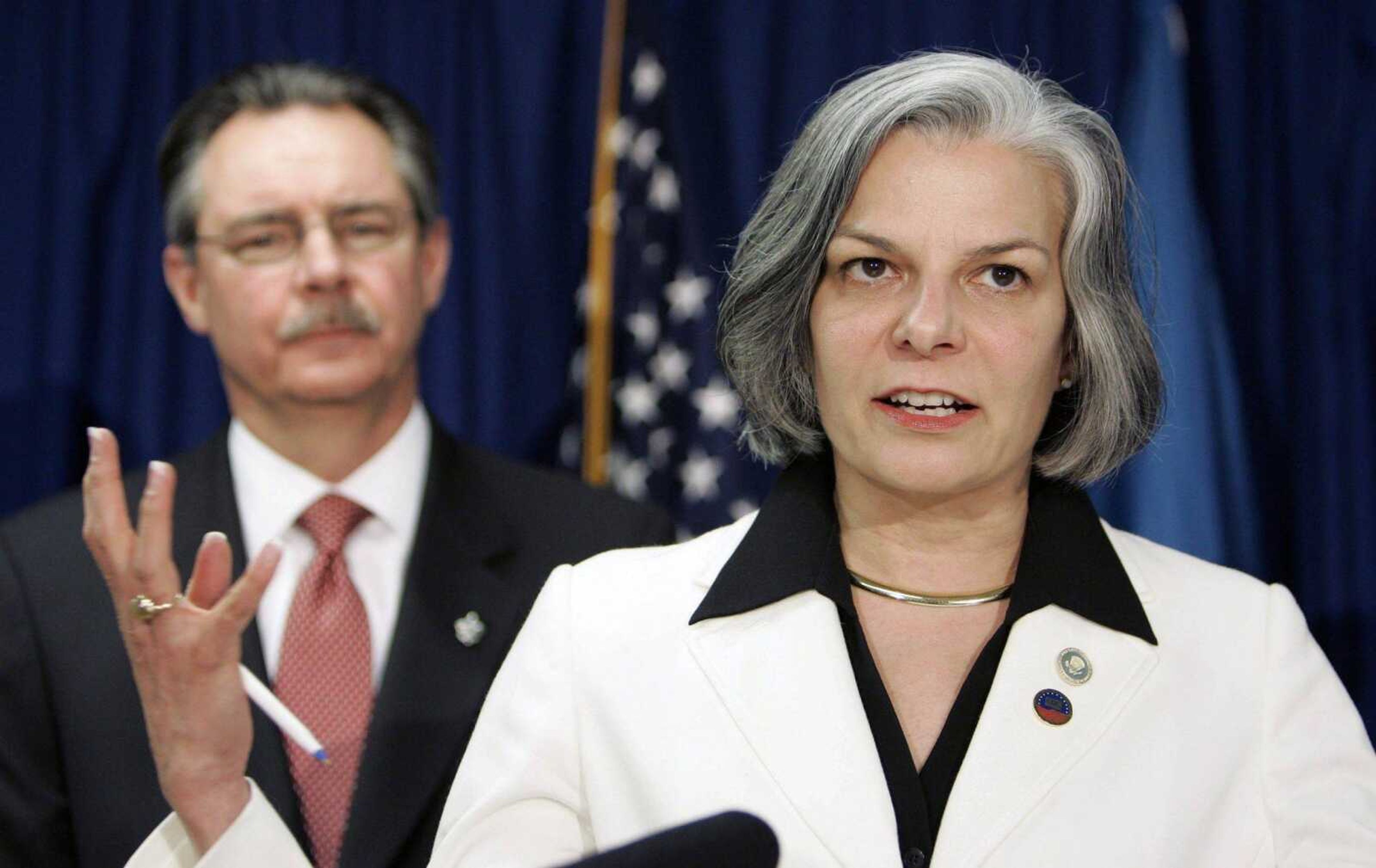Scientists scrutinize materials used in making FEMA trailers
NEW ORLEANS -- While the Federal Emergency Management Agency rushes to move thousands of Gulf Coast storm victims out of government-issued trailers, scientists are tearing the units apart to learn why many have exposed occupants to dangerous levels of formaldehyde fumes...
~ Test results showed formaldehyde readings in many FEMA trailers were at dangerous levels
NEW ORLEANS -- While the Federal Emergency Management Agency rushes to move thousands of Gulf Coast storm victims out of government-issued trailers, scientists are tearing the units apart to learn why many have exposed occupants to dangerous levels of formaldehyde fumes.
The Centers for Disease Control and Prevention is studying materials used by several companies that provided FEMA with tens of thousands of travel trailers after hurricanes Katrina and Rita in 2005.
Test results reported last week by the CDC showed formaldehyde levels in hundreds of FEMA trailers and mobile homes were, on average, about five times higher than what people are exposed to in most modern homes. Formaldehyde, a preservative commonly used in construction materials, can cause breathing problems and also is believed to cause cancer.
CDC director Dr. Julie Gerberding said scientists need time to determine how -- and why -- formaldehyde levels varied among different models of FEMA trailers. Scientists from the CDC and the University of California's Lawrence Berkeley National Laboratory also are looking at ways to reduce formaldehyde emissions in the trailers.

Manufacturing techniques
The study was limited to materials in unoccupied government trailers. Gerberding said other studies indicate formaldehyde levels in manufactured homes are steadily decreasing "in a fairly significant manner."
"Mainly because the manufacturers don't want this problem," she said, "so they're learning how to use new materials and changing their processing."
Kevin Broom, spokesman for the Recreation Vehicle Industry Assoc., said Friday the industry would adjust its manufacturing techniques if the government adopts stricter formaldehyde standards than those already set by the U.S. Department of Housing and Urban Development.
Sherry Gremillion, 45, a waitress still living in a St. Bernard Parish trailer park, said she can't afford an apartment large enough to accommodate her family or close enough to her job. FEMA expects to close the trailer park by March 15.
"I fell asleep crying last night," she said Friday. "I don't think I'm going to make it."
Hundreds of Gulf Coast trailer dwellers are suing manufacturers in federal court, accusing the companies of furnishing FEMA with shoddily constructed units that jeopardized their health. By law, FEMA can't be named as a defendant in the consolidated litigation until next month at the earliest, according to plaintiffs' lawyers.
Critics claim FEMA should have reacted sooner to concerns that formaldehyde is to blame for a host of ailments reported by trailer occupants.
"They knew full well something was wrong. They were just hoping nothing would happen," said attorney Daniel Becnel Jr., who says he represents about 5,000 trailer occupants.
Another plaintiff's lawyer said trailer makers are the "real culprits."
"Obviously FEMA made lots of mistakes, but FEMA didn't manufacture these trailers," said Tony Buzbee, a lawyer for hundreds of current and former trailer occupants.
A lawyer for the companies sued in U.S. District Court in New Orleans didn't return a telephone call for comment Friday.
Out by summer
FEMA administrator R. David Paulison said Thursday the agency hoped to move all of the roughly 35,000 families out of trailers by summer, when hot weather increases formaldehyde emissions.
Louisiana has 25,162 occupied FEMA trailers and mobile homes, while Mississippi has 10,362, according to FEMA. The number of occupied FEMA trailers and mobile homes peaked at 144,000 following the hurricanes.
Paulison called the relocations a "stopgap measure."
"We're not booting people out. What we're doing is putting them into hotels and motels until we can find an apartment for them," he said. "It's just transition, to get them out of the travel trailer and into someplace where it's safer."
Many residents still in FEMA trailer parks are elderly or have disabilities, meaning they are on fixed incomes and can't easily find affordable housing, said Tracie Washington, president of the Louisiana Justice Institute, a nonprofit advocacy group for the poor.
"These are people that rented $200, $300 apartments before Hurricane Katrina, and those aren't available anymore," Washington said. "They're afraid that if they're moved into hotels they'll wind up homeless in a few months."
Connect with the Southeast Missourian Newsroom:
For corrections to this story or other insights for the editor, click here. To submit a letter to the editor, click here. To learn about the Southeast Missourian’s AI Policy, click here.








